Students and staff at Presidio Graduate School attended the SF Green Film Festival last week to decompress and celebrate together the end of another powerful semester. We had the opportunity to watch the documentary “ThuleTuvalu,” a story about two places at opposite edges of the world but with one common threat: climate change.
The film documents the local culture and natural environment in both places as well as the behaviors and daily lives of their inhabitants. Qaanaaq, formerly Thule, is one of the northernmost towns in the world. Tuvalu is a small (and I mean very small) Polynesian island nation just east of Australia. Although both places are complete extremes, we could see the resemblance of the lives of the sea lion hunters in Thule, North Greenland with the fisherman in Tuvalu, Oceania.
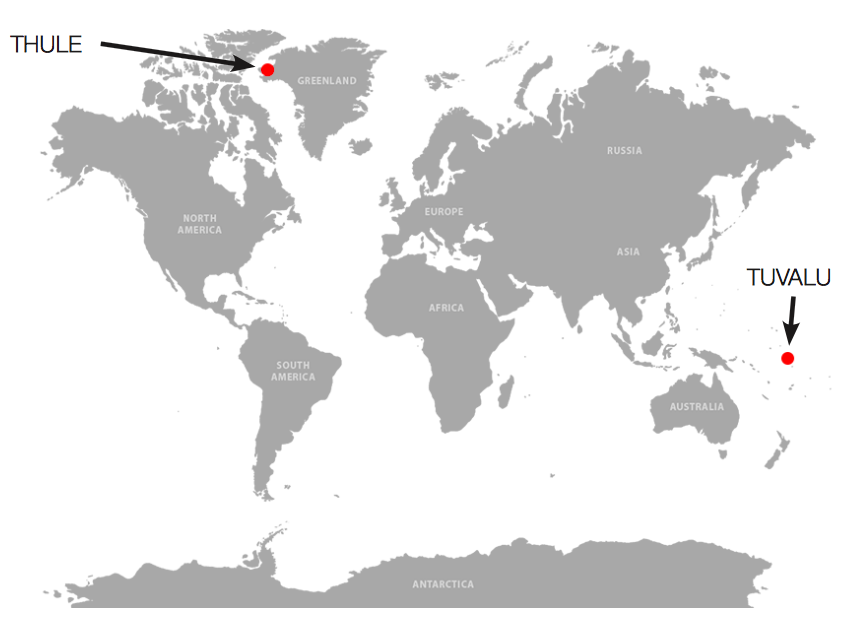
The people from Thule and Tuvalu depend on the natural environment to survive, and it so happens that climate change is making it almost impossible for these communities to stay resilient.
In Qaanaaq, the community depends on ice coverage for living, hunting, and travel purposes. Without it, hunting becomes more challenging due to the lack of animals in close proximity and dangerous traveling over the melting ice sheet.
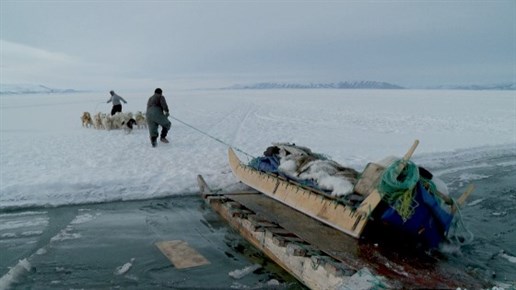
The people of Tuvalu depend on the island’s landmass, the sweet water lagoon to feed the crops, and the rainy season to harvest clean drinking water.
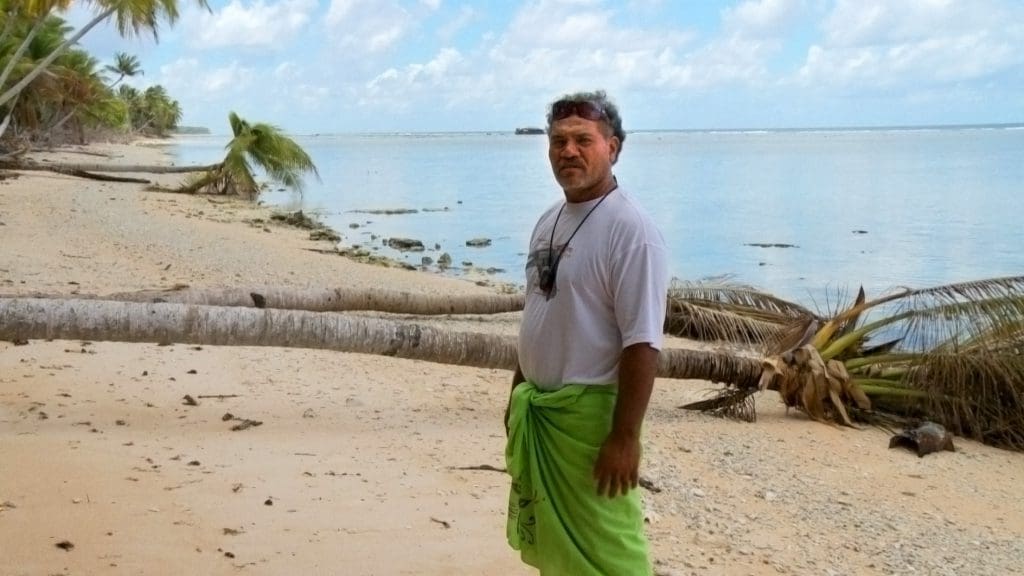
As we all know, climate change is having a severe impact on weather patterns and global warming.
National Geographic published a shocking interactive map of how the world’s coastlines would be impacted if all the ice melted. Clearly, the melting ice in Thule is having a direct impact in Tuvalu. The National Snow & Ice Data Center (NSIDC) reported that “sea ice in the Arctic is retreating rapidly. At the end of May, ice extent was at daily record low levels.” May 2015 showed the third lowest ice extent in satellite records as 653,000 square miles were lost due to ice melt, and according to NSIDC it seems to be declining at a rapid pace. The chart below shows the average average monthly arctic sea ice extent, with a pretty severe declining trend line.
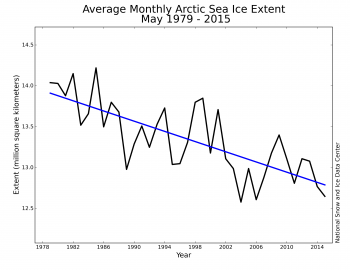
“For every action, there is an equal and opposite reaction.”- Newton’s Third Law
As ice coverage decreases, sea level rises. So what does this mean for Tuvalu and other coastal places? As temperature increases due to GHG emissions, studies show that ice will continue to melt, and sea levels will continue to rise. According to the National Academy of Sciences (NAS), “for every 2°F of warming, will show a 15% decrease in the extent of annually averaged sea ice and a 25% decrease in September Arctic sea ice.” NRDC’s projects an average global warming by 2°F to 11.5°F, and 2-foot global sea level rise by 2100.
NASA’s Global Climate Change tracks changes in sea level and their website shows an up-to-date chart on how these levels have changed since 1993 to present. Its frightening to look at, but a very interesting data visualization on this trend.
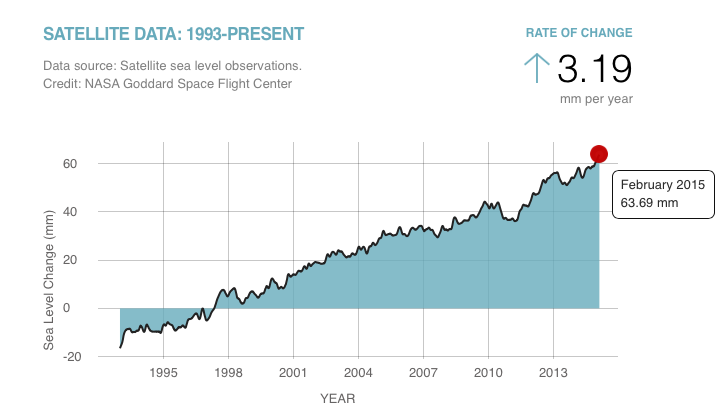
The documentary overall had very specific and relevant data on how both communities would be impacted. One of the biggest takeaways for the group was that the people of Tuvalu are becoming climate change refugees as they migrate to New Zealand, but they are not the first and they will most definitely not be the last.
I personally found very interesting that the film educated the audience with hard data and storytelling with an emotional appeal. As opposed to other documentaries, this one did not have a “call to action” per se, as with the data provided there is a sense of urgency for immediate action to reduce GHGs causing global warming and impacting coastal communities like Thule and Tuvalu.
